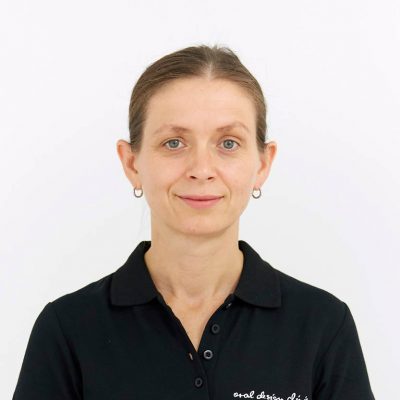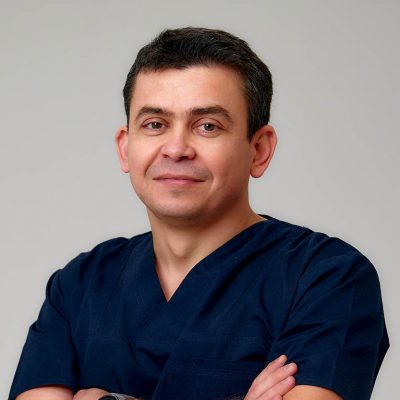Full digital approach for complex oral rehabilitations on implants
Digitalisation is taking a hold over the world of Dentistry at an unprecedented rate. What seemed a few years ago to be “of the distant future” is now becoming mainstream. But that’s not all. The use of intra-oral scanners can be seen in a growing number of clinics and for some is already the main tool when it comes to prosthetic dentistry, making the classic impression obsolete. After all, why wouldn’t it be? Scanning is faster, easier to use, way more comfortable for the patient and has many other advantages. However, its Achilles heel is fixed extended dentures, so we must proceed with caution when it comes to restorations with more than 5 elements. When it comes to prosthetics over implants, the key factor to success is achieving a passive, tension-free fit.
Furthermore, this lecture aims to present the approach that enables the development of customized prostheses supported by conventional and subperiosteal implants. The subperiosteal implants offers fixed immediate restoration option that does not need bone augmentation, providing a dependable treatment for patients with significant maxillary bone loss and presumably hopeless circumstances.
So then, how do we approach a full arch rehabilitation on implants using a digital workflow in the dental office but also in the laboratory?
The answer is photogrammetry. By combining intra-oral scanning with extra-oral photogrammetry we can rival the accuracy of conventional impressions, and even get rid of the torsion errors that may occur when dealing with impression materials. This improved technology allows us to create full arch dentures on implants using the latest digital workflow and achieve optimal restoration fit while ensuring its success over time.
The world’s dentistry and dental technology excellence meet at colloquium dental
18/10/2024
12:00 - 12:50
Speakers
Petri Ana
Read the curriculum
Mitea Horatiu
Read the curriculum
Petri Cristian
Read the curriculum